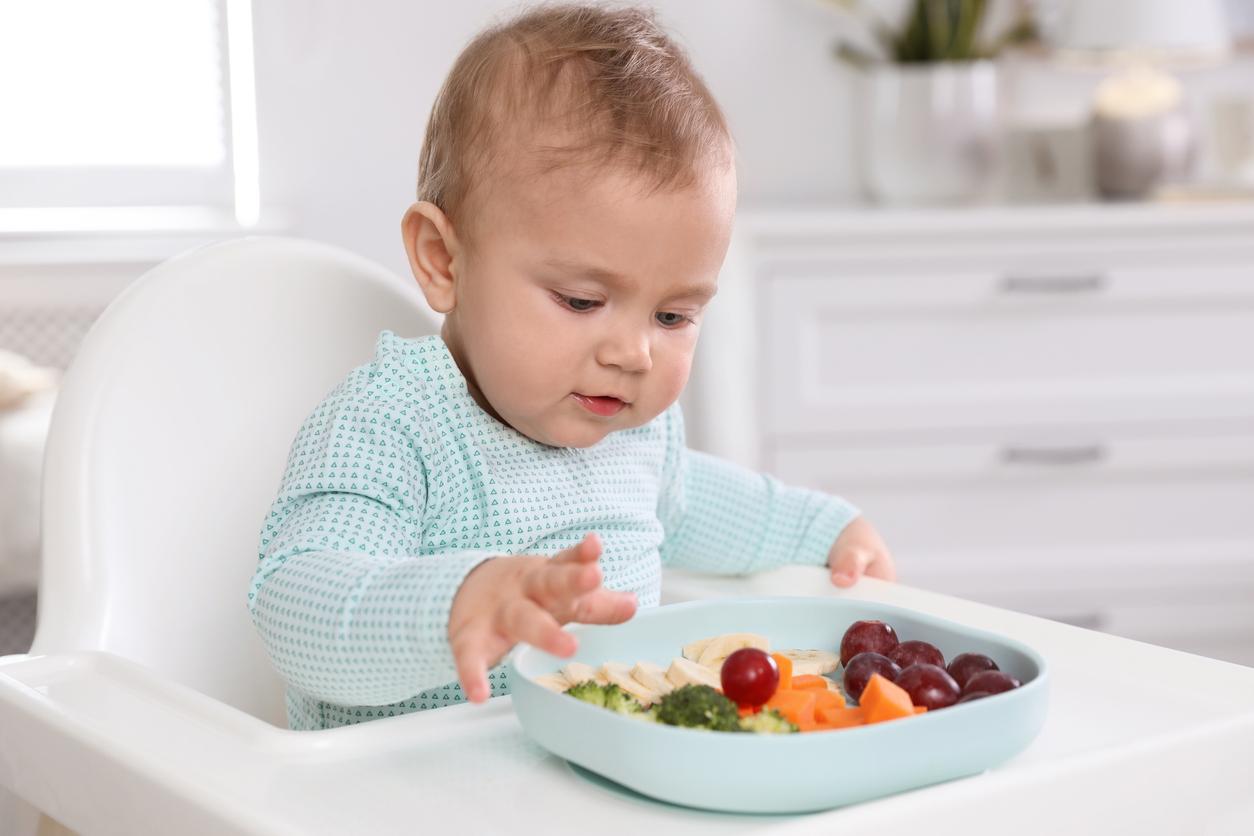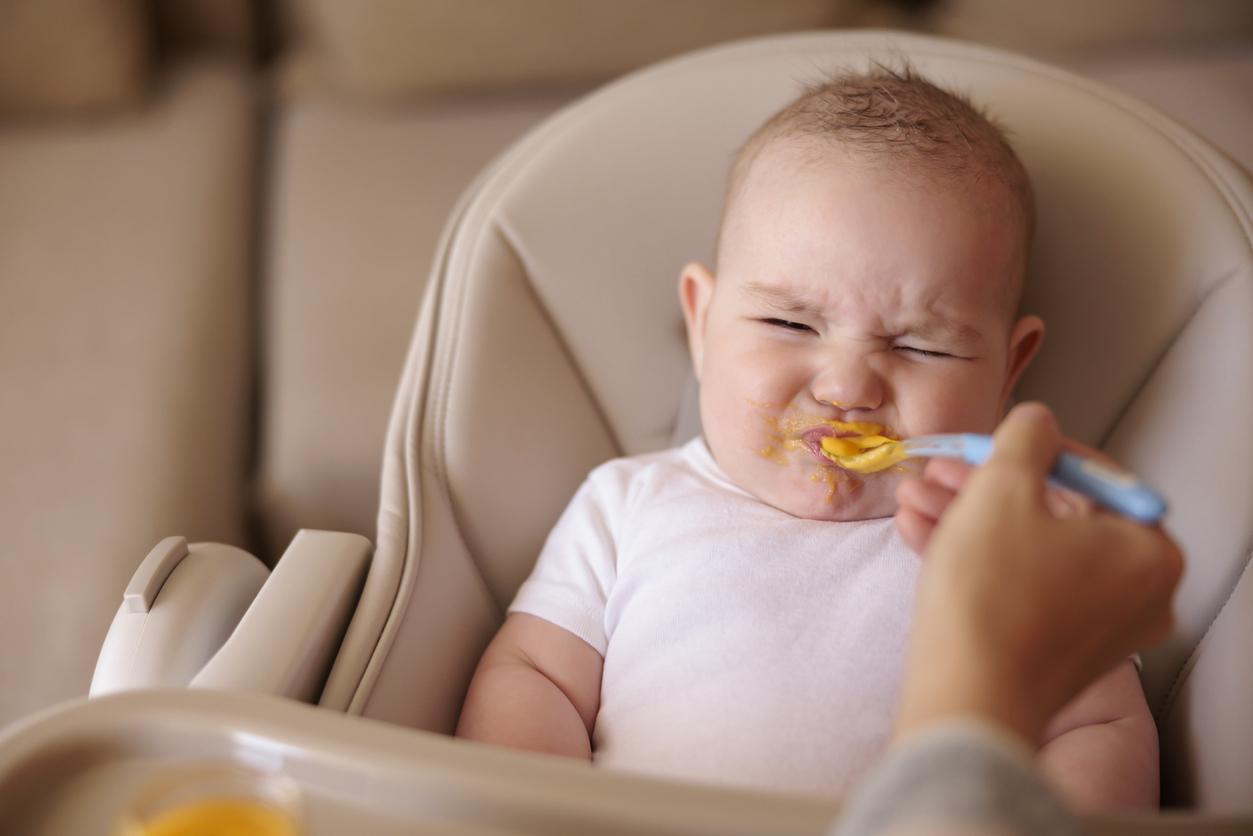Is your baby ready to start independent feeding? We give you the signs!

- Certain signs can help you start independent eating, such as sitting without assistance or controlling head movements.
- When preparing foods for your baby, be sure to choose nutritious options (rich in vitamins, minerals and calories) and avoid the pitfalls of finger foods that lack nutritional value.
- It is important to note that self-feeding may not be suitable for all babies, so be sure to speak with your doctor before starting.
Around 6 months of age, your baby reaches an important developmental milestone as he begins to control his oral and linguistic movements, becoming adept at exploring solid foods. Now is the time to try self-feeding.
How do you know if your baby is ready?
Some signs can help you start independent eating:
– If he can control his head movements: your baby should be able to turn his head to both sides and up and down.
– If he can carry food to his mouth: he must be able to coordinate between hand and mouth to grasp and carry food.
– If he can sit up without assistance: it is only around the age of 6 months that babies develop the ability to sit up without assistance and thus eat safely.
It is important to note that self-feeding may not be suitable for all babies, so be sure to speak with your doctor before starting.
Recognizing your baby’s hunger and fullness signals
Babies have an innate ability to recognize when they are hungry and when they are full. You can observe this when your baby sucks: he stops on his own once he is full.
The same rule applies to stand-alone power. Trust your baby about the amounts of food he or she chooses to eat, and don’t try to calculate specific portions. The quality of food offered is more important than the quantity.
Practical tips to make self-eating easier
When preparing foods for your baby, be sure to choose nutritious options that are rich in vitamins, minerals and calories and avoid the pitfalls of finger foods that lack nutritional value.
By letting your baby decide what he eats, you don’t control what foods or how much he puts in his mouth. Your role is to serve as a role model and create a pleasant atmosphere during meals.
So, when you serve food to your baby, choose a large plastic plate or use the tray of his high chair directly to arrange the meals. Offer him one or two foods at a time so as not to discourage him and encourage his self-confidence.
To maintain cleanliness during your baby’s meals, consider equipping him with a long bib with sleeves and do not hesitate to place a plastic floor covering under your baby’s high chair. Making small messes is a normal stage of discovery and learning.
Find out more: “Baby independent feeding” by Sandra Griffin.















